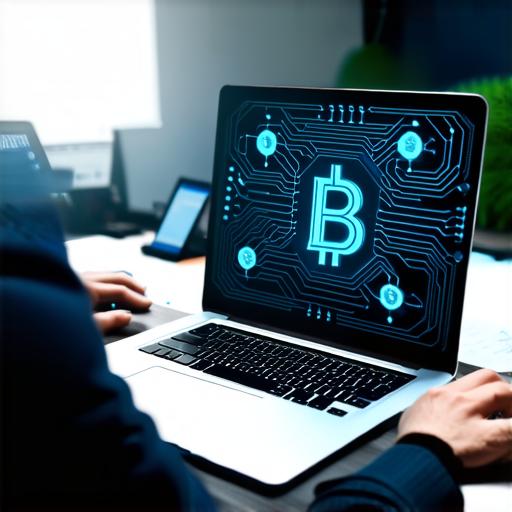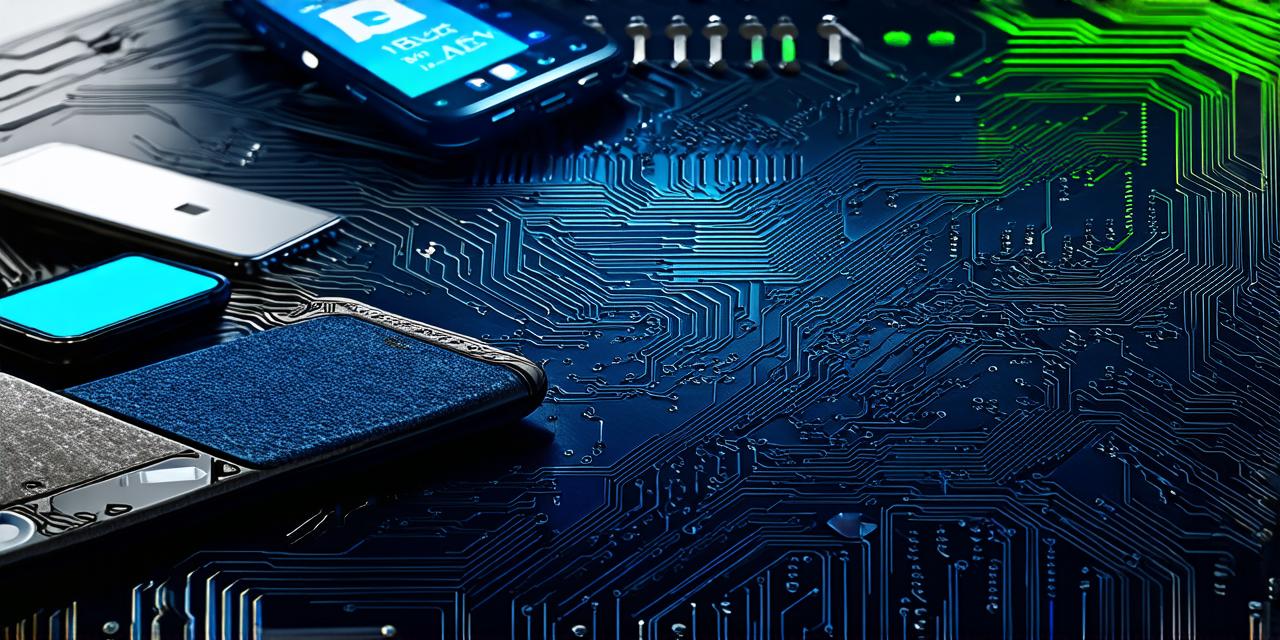Blockchain technology is revolutionizing the way we store and transfer value. With its decentralized nature, blockchain provides an immutable and secure way to conduct transactions without relying on intermediaries.
Introduction
One of the most important aspects of using blockchain is having a wallet address, which allows you to receive and send cryptocurrencies. In this article, we will provide a comprehensive guide on how to find your wallet address on blockchain. We will cover various types of wallets, such as hardware wallets, software wallets, and mobile wallets, and explain how to access your wallet address for each type.
Understanding Wallet Addresses
A blockchain wallet is a digital wallet that allows you to store and transfer cryptocurrencies. Each blockchain network has its own unique wallet format, but most use an alphanumeric string of characters called a wallet address. This address is used to receive and send cryptocurrencies, as well as to verify the balance in your wallet. Wallet addresses are public, which means that anyone can see your balance and transaction history. However, they are also encrypted, which provides an additional layer of security.
Finding Your Wallet Address on Blockchain
Now that we have a basic understanding of what a blockchain wallet is and how it works let’s dive into how to find your wallet address on blockchain.
Hardware Wallets
Hardware wallets are physical devices that provide an extra layer of security for your cryptocurrencies. They are typically small, portable, and designed to be used offline. To access your wallet address on a hardware wallet, you will need to connect the device to your computer using a USB cable and then launch the wallet software. Once the wallet is open, you should be able to view your wallet address by navigating to the “Receive” or “Deposit” section of the wallet. In most cases, you will also be able to generate new receive addresses for each transaction, which provides an additional layer of security.
Software Wallets
Software wallets are digital wallets that are installed on your computer or mobile device. To access your wallet address on a software wallet, you will need to launch the wallet application and navigate to the “Receive” or “Deposit” section of the wallet. From here, you should be able to view your wallet address and generate new receive addresses for each transaction. It is important to note that software wallets are not as secure as hardware wallets, as they are connected to the internet and can be vulnerable to hacking.
Mobile Wallets
Mobile wallets are digital wallets that are installed on a mobile device, such as a smartphone or tablet. To access your wallet address on a mobile wallet, you will need to launch the wallet application and navigate to the “Receive” or “Deposit” section of the wallet. From here, you should be able to view your wallet address and generate new receive addresses for each transaction. Mobile wallets are generally considered to be less secure than hardware wallets, as they are connected to the internet and can be vulnerable to hacking.
Best Practices for Securing Your Wallet Address
Now that we have covered how to find your wallet address on blockchain let’s discuss some best practices for securing your wallet address.
1. Keep Your Wallet Address Private
Your wallet address is public, which means that anyone can see it. It is important to keep your wallet address private and not share it with anyone. If you do need to share your wallet address, make sure to only do so with trusted individuals or organizations.
2. Generate New Receive Addresses for Each Transaction
When receiving cryptocurrencies, it is important to generate a new receive address for each transaction. This provides an additional layer of security, as each receive address is unique and cannot be used again.

3. Use Two-Factor Authentication (2FA)
Two-factor authentication (2FA) is a security feature that requires you to provide two forms of identification before accessing your wallet. This can include a password and a one-time code sent to your phone or email. Using 2FA provides an additional layer of security and can help prevent unauthorized access to your wallet.
4. Backup Your Wallet Regularly
It is important to backup your wallet regularly, in case your device is lost, stolen, or damaged. You can back up your wallet to a USB drive or to a cloud storage service.
